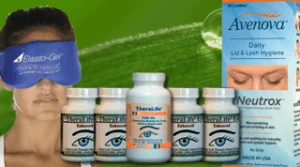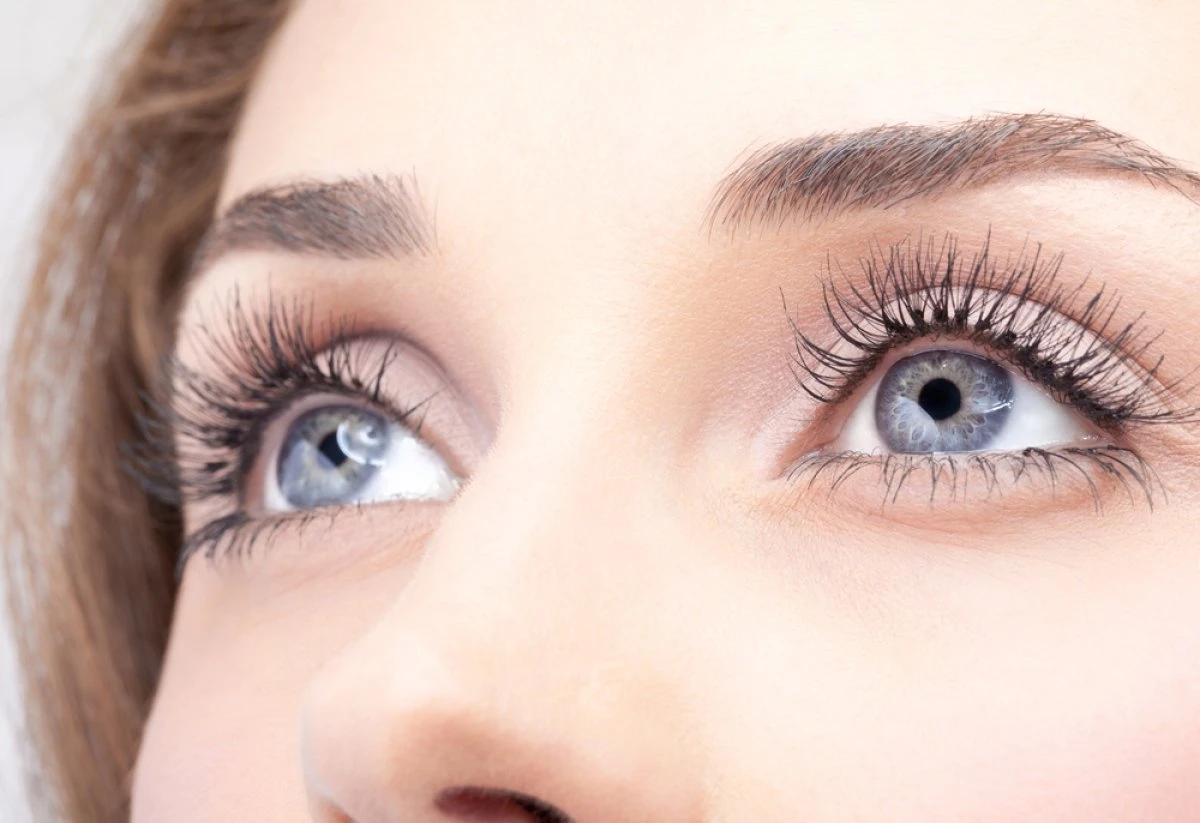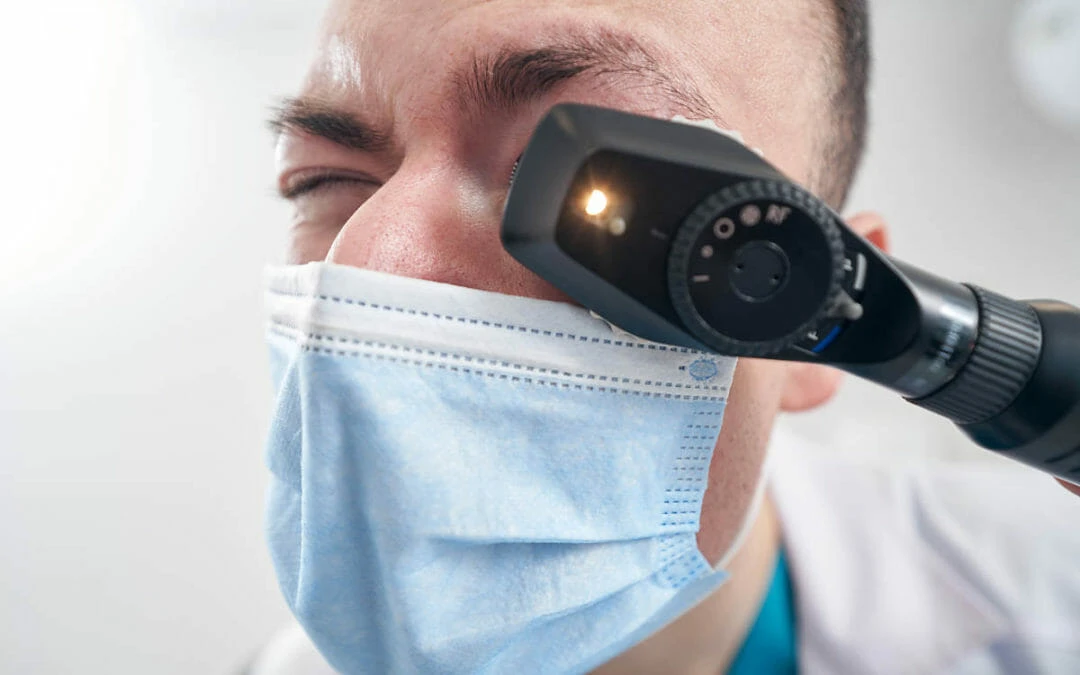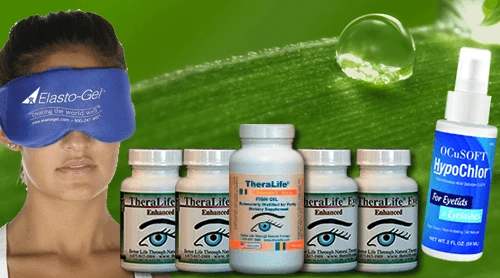 Dry eye syndrome can be caused by multiple factors. Dry eye pain can be caused in many ways. Dry eyes can be caused by dehydration. Dry eyes can also be caused by foods high in caffeine like tea, colas, chocolate, and colas. They dehydrate the body and rob it of moisture. It is also important to drink lots of water and take supplements if you need them.
Dry eye syndrome can be caused by multiple factors. Dry eye pain can be caused in many ways. Dry eyes can be caused by dehydration. Dry eyes can also be caused by foods high in caffeine like tea, colas, chocolate, and colas. They dehydrate the body and rob it of moisture. It is also important to drink lots of water and take supplements if you need them.
Conditions That Cause Dry Eyes
A referred problem is a condition that causes dry eyes. Dry eye symptoms can be caused by sinus problems or dental conditions. A patient with this kind of condition may also suffer from cluster headaches. Dry eye pain can be treated by a dentist, neurologist, and ENT. If you are still experiencing symptoms, it is important to seek medical attention right away. Your dentist or optometrist can likely provide a prescription for drugs that will treat the underlying issue.
Best Treatment For Dry Eye – TheraLife
Oral treatment, no more drops.

Stop dry eyes with TheraLife. Oral treatment that works.
Customer Stories
Chronic Severe Dry Eyes:
Your TheraLife Eye products are the answers to my prayers for a relief of my chronic dry eyes I have suffered for so long. I have tried every lubricating eye drops there is, punctal plugs, Restasis, etc. with no help. What made it worse was that, I was told by some of the conventional eye doctors that there is no specific cure or relief for dry eyes. This statement gave me more challenge to seek other alternative way of healing, and I thank God that I found your website. You have saved my eyes, my self esteem, and my self worth. I cannot thank you enough for these amazing products that you have formulated. I know that you are helping a lot of people out there other than me. My heartfelt thanks and gratitude from the bottom of my heart.
E.B. Clarksville, TN
Any questions, call toll free 1-877-917-1989
email to: info@theralifecom
Most Common Causes
Neuropathic pain is one of the most common causes. However, its role in the pathophysiology of the disease is largely unknown. Some researchers have suggested that neuropathic eye pain is a consequence of an imbalance between the central fixation system and peripheral visual tracking. In this condition, extraocular muscles constantly work to correct a misalignment. This causes an increase in stimulation of the efferent, proprioceptive nerves that travel from the brain and retina to the trigeminal ganglion, which is the largest cranial neuro.
When to See A Doctor
Consult your eye doctor immediately if you think you might be suffering from dry eye. You should seek medical attention if you have blurred vision. There are many treatment options available, and most are effective for certain patients. Prescription drops may be necessary if you have blurry vision or double vision. Sometimes, OTC remedies are enough to ease symptoms and keep you comfortable. Some patients just need one eyedropper day.
Dry eye symptoms may indicate a bigger medical problem. Dry eye symptoms can be treated by an optician. Your eye doctor may be able to prescribe medication and provide treatment. To get the best diagnosis and the correct medication, you should consult a specialist. You should always seek medical advice if you experience any of these symptoms.
Prescription eye drops may also be prescribed for severe cases. These eye drops will lubricate the eyes and reduce the inflammation tied to the condition. To be effective, these drops must be used within 90 days. Sometimes prescriptions may not work. Many people need to try multiple treatments. Altering your diet and lifestyle may also be an option. The most important thing to do to treat dry eye is to get a proper diagnosis. It can be symptomless for most people. However, doctors will need to diagnose the cause.
Dry eye symptoms may need to be treated by a doctor if they are severe. Your doctor will prescribe medications for you and discuss the benefits of treatment with you. These treatments include the use for 6 months of cyclosporine A drops. These drops are often used for dry eyes. Epiphora can occur. It is important that you understand the causes of dry-eye pain. To get the best treatment, you will need to understand the symptoms and behavior.
In addition to the pain of the eyes, there are other symptoms that accompany the condition. Some people only experience mild symptoms, while others may have severe dry eye syndrome. Some people don’t experience any symptoms, while others may have other health issues. These symptoms include blurred vision and fatigue. It is important to see an eye doctor as this will help to determine the severity.
Frequenly Asked Questions
What helps dry eye headaches?
Things that helps relief dry eye headaches include taking frequent breaks from the computer screen, blink more often, and drink more water to hydrate.
How do I know if my eyes are causing my headaches?
You will know if it is your eyes causing headaches by removing the trigger. If you avoid the triggers and your no longer have headaches, then you know the cause of your headaches.
Can dry eyes cause headaches and nausea?
Yes, dry eye headaches can also cause nausea, eye pain, and red, irritated eyes. Get relilef from TheraLife, help you produce your own tears. No more drops.
How can I hydrate my dry eyes?
YOu can hydrate your eyes by using artificial tears, non – preservative. Drinking a lot of water also helps you to make more tears. Lastly, seek help from TheraLife for long term dry eye relief and get rid of your headaches.
Conclusion
Dry eye syndrome is a condition that affects the ability to make tears. If the eye is sensitive or dry, it may produce too few tears. Your nervous system will send distress signals to your eyes as a response to this lack of moisture. Reflex tears, which are mostly made up of water, are produced in this situation to combat dryness. They are not effective at hydrating the eyes and are useless if you have dry eyes.
References
1.
van Setten GB, Baudouin C, Horwath-Winter J, et al. The HYLAN M study: efficacy of 0.15% high molecular weight hyaluronan fluid in the treatment of severe dry eye disease in a multicenter randomized trial. J Clin Med. 2020;9:3536. doi: 10.3390/jcm9113536. [PMC free article] [PubMed] [CrossRef] [Google Scholar]2.
Baudouin C, de la Maza MS, Amrane M, et al. One-year efficacy and safety of 0.1% cyclosporine A cationic emulsion in the treatment of severe dry eye disease. Eur J Ophthalmol. 2017;27:678–685. doi: 10.5301/ejo.5001002. [PMC free article] [PubMed] [CrossRef] [Google Scholar]3.
Leonardi A, Messmer EM, Labetoulle M, et al. Efficacy and safety of 0.1% ciclosporin A cationic emulsion in dry eye disease: a pooled analysis of two double-masked, randomised, vehicle-controlled phase III clinical studies. Br J Ophthalmol. 2019;103:125–131. doi: 10.1136/bjophthalmol-2017-311801. [PMC free article] [PubMed] [CrossRef] [Google Scholar]4.
Leonardi A, Flamion B, Baudouin C. Keratitis in Dry Eye Disease and Topical Ciclosporin A. Ocul Immunol Inflamm. 2017;25(4):577-86. [PubMed]5.
Leonardi A, Van Setten G, Amrane M, et al. Efficacy and safety of 0.1% cyclosporine A cationic emulsion in the treatment of severe dry eye disease: a multicenter randomized trial. Eur J Ophthalmol. 2016;26(4):287–296. doi: 10.5301/ejo.5000779. [PubMed] [CrossRef] [Google Scholar]6.
Cook N, Mullins A, Gautam R, Medi S, Prince C, Tyagi N, Kommineni J. Evaluating patient experiences in dry eye disease through social media listening research. Ophthalmol Ther. 2019;8(3):407–420. doi: 10.1007/s40123-019-0188-4. [PMC free article] [PubMed] [CrossRef] [Google Scholar]7.
Fernández I, López-Miguel A, Enríquez-de-Salamanca A, et al. Response profiles to a controlled adverse desiccating environment based on clinical and tear molecule changes. Ocul Surf. 2019;17(3):502–515. doi: 10.1016/j.jtos.2019.03.009. [PubMed] [CrossRef] [Google Scholar]8.
López-Miguel A, Tesón M, Martín-Montañez V, et al. Dry eye exacerbation in patients exposed to desiccating stress under controlled environmental conditions. Am J Ophthalmol. 2014;157(4):788–798.e2. doi: 10.1016/j.ajo.2014.01.001. [PubMed] [CrossRef] [Google Scholar]9.
Alex A, Edwards A, Hays JD, et al. Factors predicting the ocular surface response to desiccating environmental stress. Invest Ophthalmol Vis Sci. 2013;54(5):3325–3332. doi: 10.1167/iovs.12-11322. [PMC free article] [PubMed] [CrossRef] [Google Scholar]10.
Napoli PE, Nioi M, Fossarello M. The, “quarantine dry eye”: the lockdown for coronavirus disease 2019 and its implications for ocular surface health. Risk Manag Healthc Policy. 2021;14:1629–1636. doi: 10.2147/RMHP.S277067. [PMC free article] [PubMed] [CrossRef] [Google Scholar]11.
Salinas-Toro D, Cartes C, Segovia C, et al. High frequency of digital eye strain and dry eye disease in teleworkers during the coronavirus disease (2019) pandemic. Int J Occup Saf Ergon. 2021;2021:1–27. doi: 10.1080/10803548.2021.1936912. [PubMed] [CrossRef] [Google Scholar]12.
Boccardo L. Self-reported symptoms of mask-associated dry eye: a survey study of 3,605 people. Cont Lens Anterior Eye. 2021;2021:101408. doi: 10.1016/j.clae.2021.01.003. [PMC free article] [PubMed] [CrossRef] [Google Scholar]13.
Pandey SK, Sharma V. Mask-associated dry eye disease and dry eye due to prolonged screen time: are we heading towards a new dry eye epidemic during the COVID-19 era? Indian J Ophthalmol. 2021;69(2):448–449. doi: 10.4103/ijo.IJO_3250_20. [PMC free article] [PubMed] [CrossRef] [Google Scholar]14.
Koh S, Rhee MK. COVID-19 and dry eye. Eye Contact Lens. 2021;47(6):317–322. doi: 10.1097/ICL.0000000000000797. [PubMed] [CrossRef] [Google Scholar]15.
Rokohl AC, Grajewski RS, Matos PAW, Kopecky A, Heindl LM, Cursiefen C. Ocular involvement in COVID-19: conjunctivitis and more. Klin Monbl Augenheilkd. 2021;238(5):555–560. doi: 10.1055/a-1344-8138. [PubMed] [CrossRef] [Google Scholar]16.
Nasiri N, Sharifi H, Bazrafshan A, Noori A, Karamouzian M, Sharifi A. Ocular manifestations of COVID-19: a systematic review and meta-analysis. J Ophthalmic Vis Res. 2021;16(1):103–112. [PMC free article] [PubMed] [Google Scholar]17.
Napoli PE, Nioi M, d’Aloja E, Fossarello M. The ocular surface and the coronavirus disease 2019: does a dual ‘ocular route’ exist? J Clin Med. 2020;9(5):1269. doi: 10.3390/jcm9051269. [PMC free article] [PubMed] [CrossRef] [Google Scholar]19.
Sheppard AL, Wolffsohn JS. Digital eye strain: prevalence, measurement and amelioration. BMJ Open Ophthalmol. 2018;3(1):e000146. doi: 10.1136/bmjophth-2018-000146. [PMC free article] [PubMed] [CrossRef] [Google Scholar]20.
Patel S, Henderson R, Bradley L, Galloway B, Hunter L. Effect of visual display unit use on blink rate and tear stability. Optom Vis Sci. 1991;68(11):888–892. doi: 10.1097/00006324-199111000-00010. [PubMed] [CrossRef] [Google Scholar]23.
Almazroa A, Alamri S, Alabdulkader B, Alkozi H, Khan A, Alghamdi W. Ocular transmission and manifestation for coronavirus disease: a systematic review. Int Health. 2021;27:28. [PMC free article] [PubMed] [Google Scholar]24. Hu K, Patel J, Swiston C, Patel BC. Ophthalmic manifestations of coronavirus (COVID-19). 2021 May 19. Treasure Island (FL): StatPearls; 2021 Jan. PMID: 32310553.
25.
Dockery DM, Rowe SG, Murphy MA, Krzystolik MG. The ocular manifestations and transmission of COVID-19: recommendations for prevention. J Emerg Med. 2020;59(1):137–140. doi: 10.1016/j.jemermed.2020.04.060. [PMC free article] [PubMed] [CrossRef] [Google Scholar]26.
Napoli PE, Mangoni L, Gentile P, Braghiroli M, Fossarello M. A panel of broad-spectrum antivirals in topical ophthalmic medications from the drug repurposing approach during and after the coronavirus disease 2019 era. J Clin Med. 2020;9(8):2441. doi: 10.3390/jcm9082441. [PMC free article] [PubMed] [CrossRef] [Google Scholar]27.
Shetty R, Lalgudi VG, Khamar P, et al. Potential ocular and systemic COVID-19 prophylaxis approaches for healthcare professionals. Indian J Ophthalmol. 2020;68(7):1349–1356. doi: 10.4103/ijo.IJO_1589_20. [PMC free article] [PubMed] [CrossRef] [Google Scholar]28.
Napoli PE, Nioi M, d’Aloja E, Fossarello M. Safety recommendations and medical liability in ocular surgery during the COVID-19 pandemic: an unsolved dilemma. J Clin Med. 2020;9(5):1403. doi: 10.3390/jcm9051403. [PMC free article] [PubMed] [CrossRef] [Google Scholar]  Dry eye syndrome can be caused by multiple factors. Dry eye pain can be caused in many ways. Dry eyes can be caused by dehydration. Dry eyes can also be caused by foods high in caffeine like tea, colas, chocolate, and colas. They dehydrate the body and rob it of moisture. It is also important to drink lots of water and take supplements if you need them.
Dry eye syndrome can be caused by multiple factors. Dry eye pain can be caused in many ways. Dry eyes can be caused by dehydration. Dry eyes can also be caused by foods high in caffeine like tea, colas, chocolate, and colas. They dehydrate the body and rob it of moisture. It is also important to drink lots of water and take supplements if you need them.




